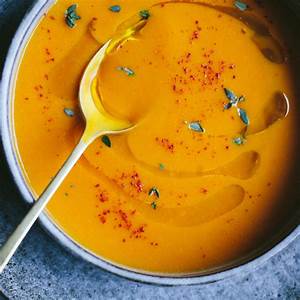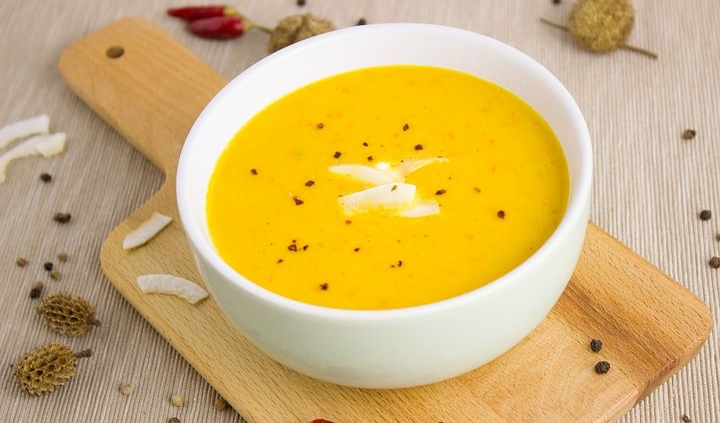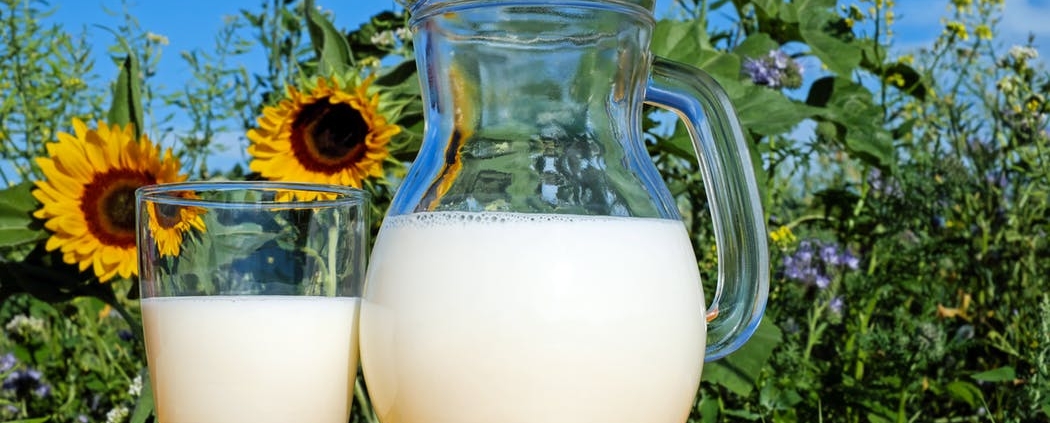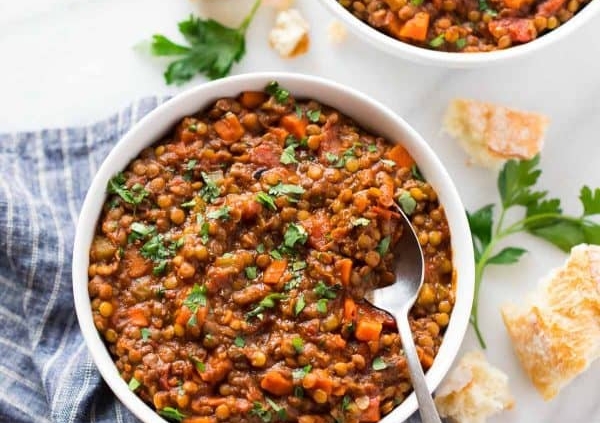Protein, protein, protein. There’s no doubt about it, protein is the macronutrient du jour. People everywhere are following high-protein diets and singing its praises, such as increased muscle mass and weight loss, which has landed this macronutrient squarely in the spotlight. But do we really know what we’re talking about when it comes to protein? And is there such a thing as consuming too much protein? Let’s explore this macronutrient a little and try to carve out some clarity.
Besides contributing to weight loss and preserving muscle mass, protein makes up the building blocks of your hair, nails, hormones, and blood — the cells of which break down and rebuild themselves all day, every day. It also helps to build and repair muscles, organs, tissues, and bones, and it plays an important role regulating blood sugar. In other words, it’s super important! Yes, most everyone should include quality protein at each meal.
The recommended daily intake (RDI) for protein is 46 grams for sedentary women and 56 grams for sedentary men. A more specific recommendation is 0.36 grams per pound of body weight (0.36 x body weight = recommended grams of protein per day), but this still doesn’t take into account your activity level and what your goals for your health are. Do you want to gain weight? Lose weight? Build more lean muscle? Depending on how active you are and who you ask, many people believe the recommended daily intake for protein is far too low; personal trainers in particular may suggest up to 100 grams of protein per day for a really active individual with some serious fitness goals (note: NOT somebody sitting in front of a computer all day). So you can see there’s lots of wiggle room within “expert recommendations.” As always, the question of how much protein your own body needs is going to be unique to you, and it will likely take some experimentation to discover what amount is ideal for you.
Protein Sources
While most of us immediately think of meat when we hear the word “protein,” there are actually lots of different protein-rich foods. While meat might be the most common protein-source in the United States and widely promoted as the most useable form of protein for our bodies, there’s also protein in eggs, fish, dairy, whole grains, beans, soy, nuts, seeds, vegetables, and in things like protein bars and protein powders.
Here’s a short list of protein content for some common foods you may already be eating. If you briefly reviewed what you ate for breakfast, lunch, and dinner for the last couple days right now, you could probably do a quick tally of your average protein intake for each day:
½ cup oats = 13 grams protein
1 cup quinoa = 8 grams protein
1 large egg = 6 grams protein
½ cup lentils = 9 grams protein
1 cup black beans = 39 grams protein
3 oz salmon = 21 grams protein
3 oz chicken = 23 grams protein
1 chicken breast = 53 grams protein
¼ cup almonds = 6 grams protein
1 cup whole milk = 8 grams protein
6 oz Greek yogurt = 17 grams protein
1 cup cottage cheese = 27 grams protein
2 Tbsp chia seeds = 4 grams protein
1 oz pumpkin seeds = 5 grams protein
1 cup broccoli = 3 grams protein
½ cup tofu = 10 grams protein
protein shakes = 20-35 grams protein per shake, varying widely depending on the brand and protein source – check the label for accuracy.
As you can see, it’s not very hard for most of us to consume enough protein.
In fact, it’s important to know you can consume too much protein, just like you can eat too much fat and too many carbohydrates. Excess protein in the body is related to several health concerns, such as constipation, bad breath, low blood sugar, dehydration, and kidney damage, especially if you follow a high-protein diet for an extended period of time. It can also lead to weight gain, which can feel puzzling to people since protein is promoted almost exclusively as a weight loss tool. But yes, excess protein is usually stored as fat, just as all excessive calories we consume will be stored as fat.
Speaking of excessive consumption, it’s worth noting that even though nuts are a protein source they are primarily a fat, and they are extremely dense in calories. Yes, they can be a healthful food, but they can also cause weight gain if we allow ourselves to go too “nuts on nuts.” If weight loss is one of your goals, be sure to become familiar with portion sizes for nuts.
Quality
Protein is not just about quantity; it’s also about quality. I am especially passionate about the quality of animal protein people consume. I promote organic, pasture-raised, 100% grassfed meat, poultry, and other animal products free of added growth hormones and antibiotics. I also promote wild-caught fish. Believe me, I know these foods are more expensive, but the benefits to our health and the health of the animals and our environment are more than worth it.
If you choose to buy animal products from farmers who raised their animals organically on pasture, you can rest assured that those animals enjoyed good health and the nutrients in that product will translate to your own health. You can also know that the production of that food is part of a system that builds healthy soil for generations to come and contributes to a healthy planet and food system. Everybody wins.
If you choose to buy products that come from animals who were raised in a conventional or factory farm environment, it’s important to know those animals consumed antibiotics in their feed for the duration of their lifetime to keep them from constantly being sick, which you will then ingest when you eat that product. (In fact, 80% of the antibiotics that humans consume in their lifetimes come from the meat they eat.) You will also be ingesting added growth hormones, which were used to help that animal grow larger, and unfortunately, you will be consuming meat that is lower in nutrition because that animal was raised on a diet in an environment (inside) that is completely unnatural to that animal.
To be clear, the protein content remains the same no matter which product you choose, but the quality and nutrient density of that protein varies widely, and that has a profound difference on your health.
Conclusion
I’m committed to sharing information about both plant-based protein and animal protein. I will simply encourage you to experiment with different proteins to discover what works best for your body at this time in your life. If you are a heavy meat eater and have been for a while, I encourage you to experiment with more plant-based sources for a couple months and see how you feel, especially if you are overweight. Honestly, most people I work with could use more plant-based foods in their diets. On the other hand, if you are underweight or have been a vegetarian for a while and you’re noticing some trends with your health that concern you, it may be time to experiment with small amounts of animal protein or different types of protein in your diet. I know this is easier said than done, and I respect everyone’s feelings about meat. I trust that through experimentation you will be able to successfully guide yourself in finding the right life-affirming, energy-producing protein sources for you.











Follow